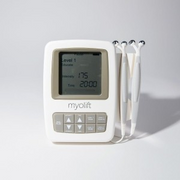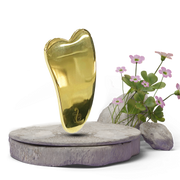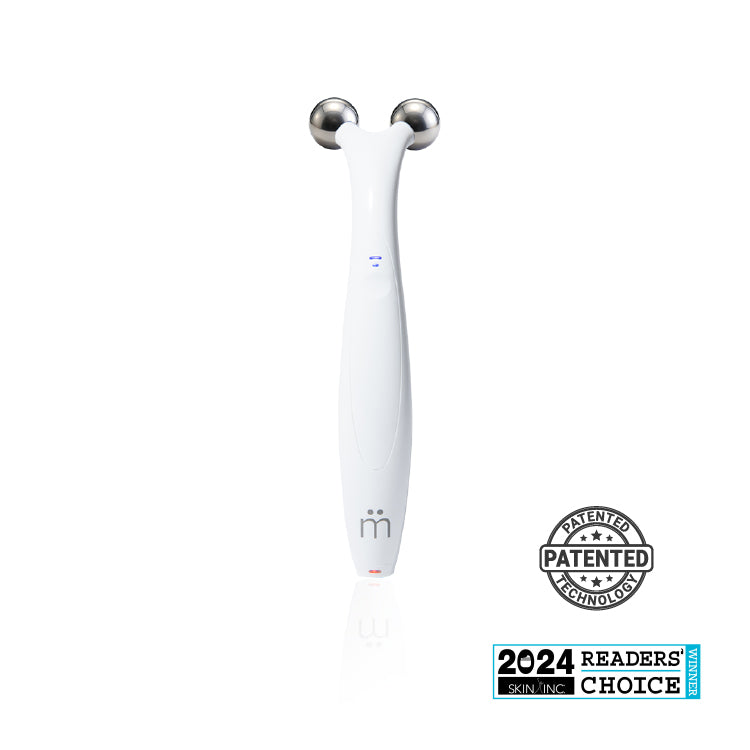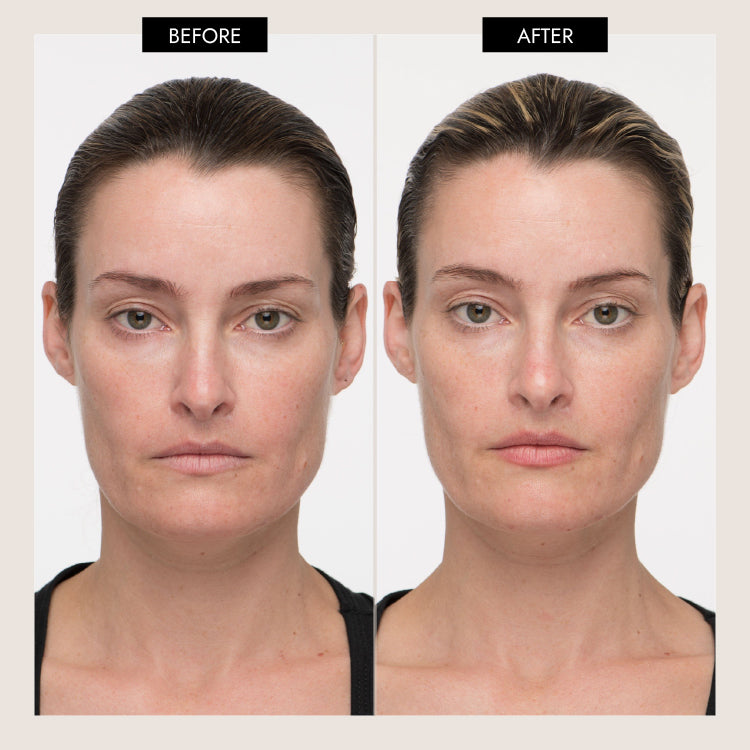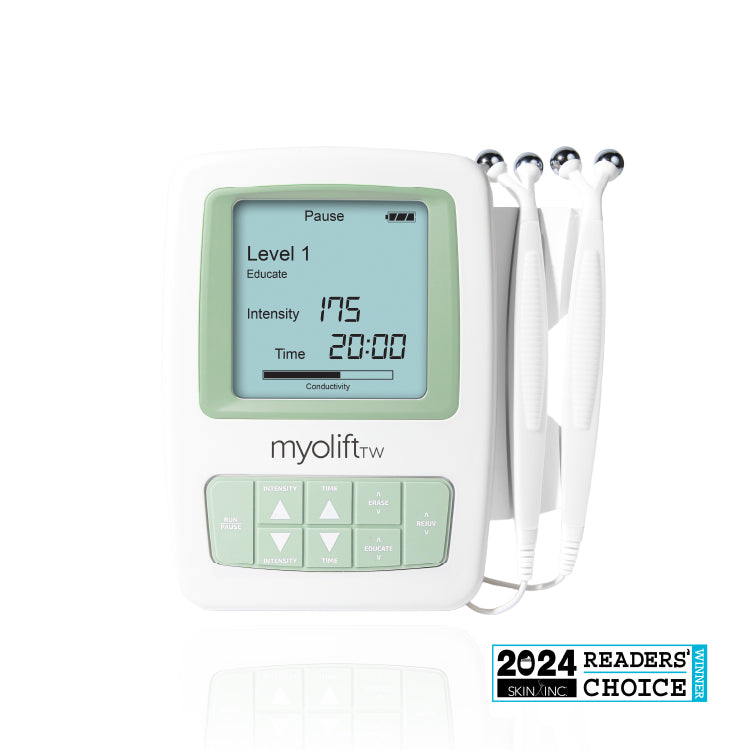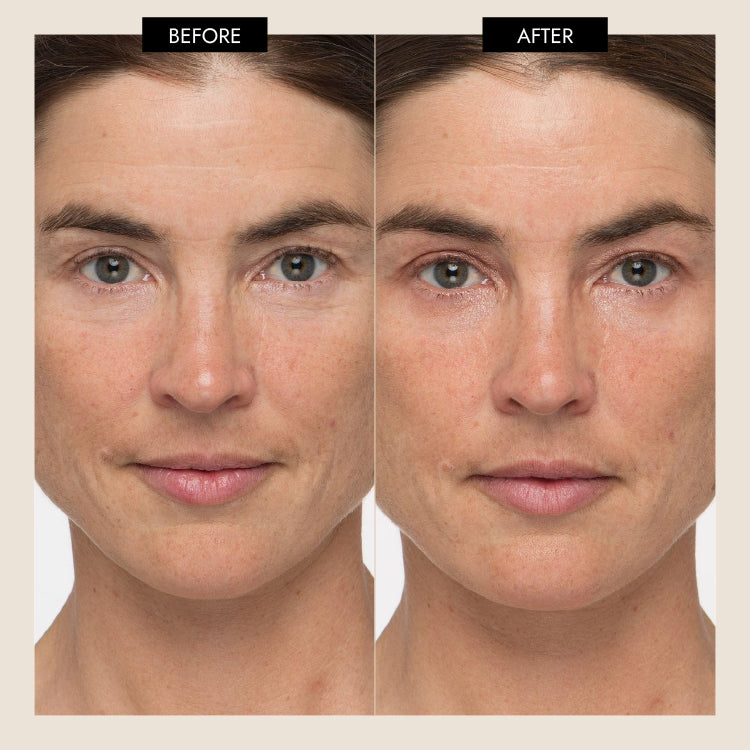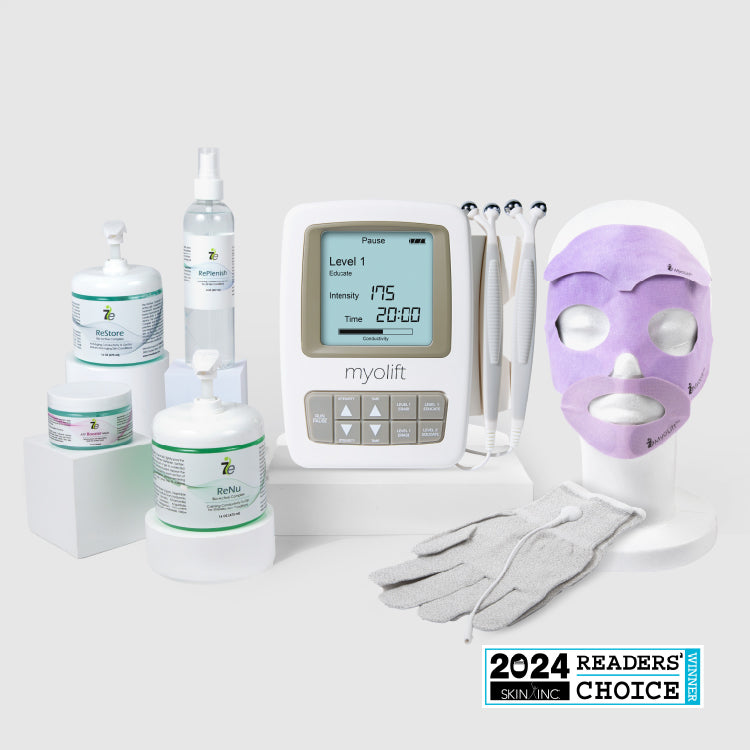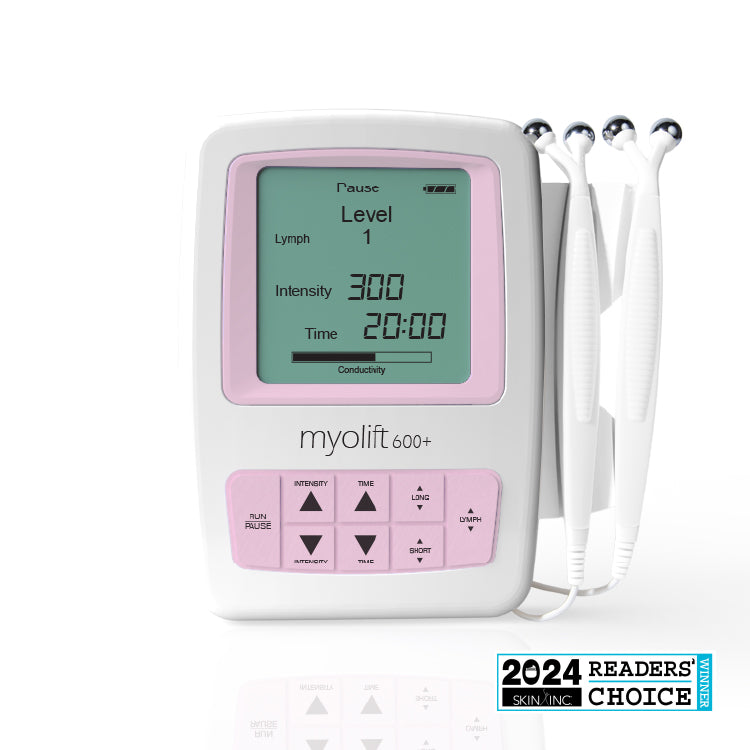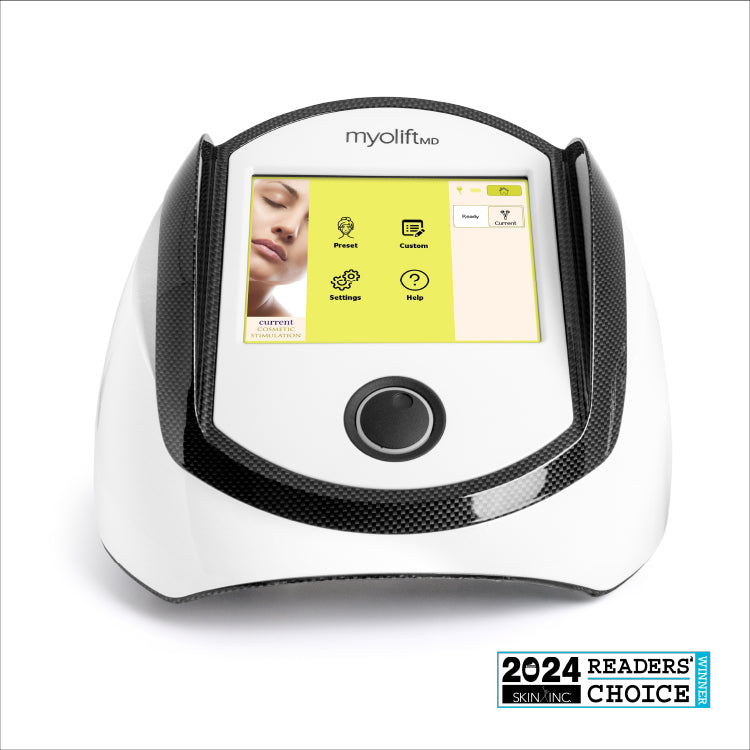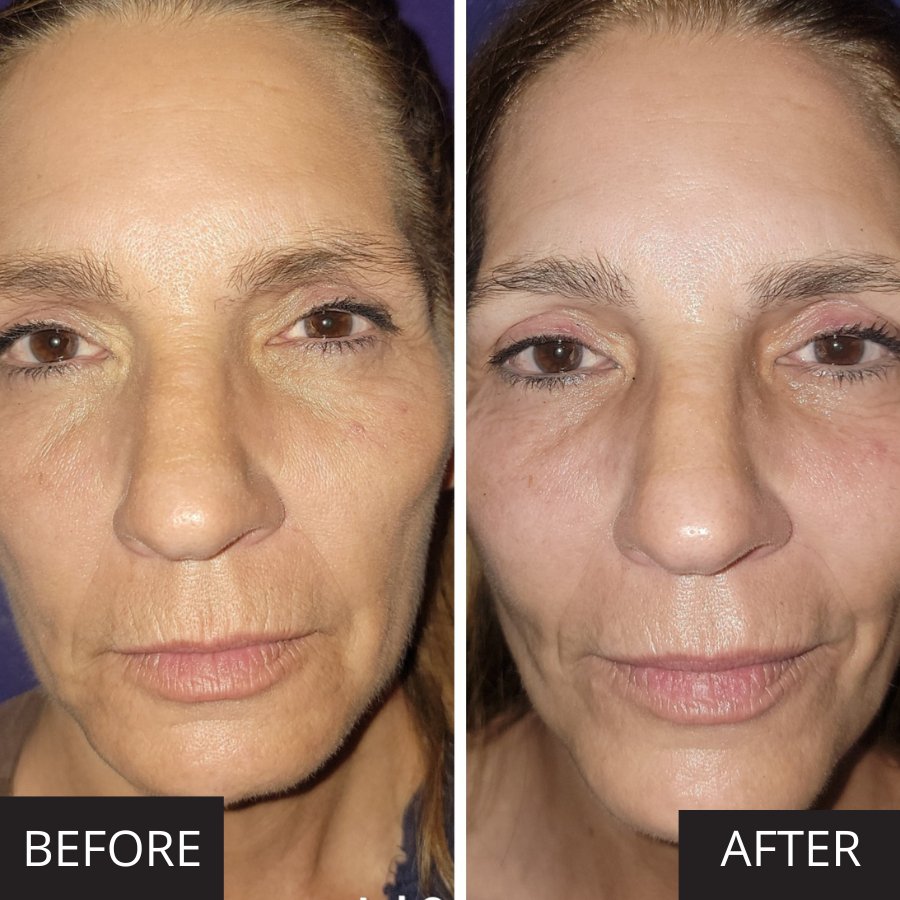Microcurrent vs. Morpheus: Unraveling the Anti-Aging Battle

Aging is an inevitable process that affects us all. As we grow older, our skin begins to lose its elasticity, fine lines and wrinkles appear, and our once youthful glow starts to fade. To combat these signs of aging, numerous cosmetic treatments have emerged in recent years, each promising to turn back the clock and restore a youthful complexion. Two such treatments that have gained popularity are microcurrent and Morpheus. Both of these procedures claim to offer effective anti-aging benefits, but they work in very different ways. In this blog, we will explore the differences between microcurrent and Morpheus and how you can use them together.
What is Microcurrent?
Microcurrent therapy, often referred to as a "natural facelift," is a non-invasive procedure that utilizes low-level electrical currents to stimulate facial muscles. The treatment involves the use of a microcurrent device, which delivers tiny electrical impulses to the skin's surface. These currents mimic the body's own electrical signals, prompting the muscles to contract and tighten. The increased muscle tone can lead to a more lifted and sculpted appearance, reducing the appearance of sagging skin and fine lines.
Microcurrent treatments are generally considered safe and painless, with no downtime required. However, multiple sessions may be needed to achieve and maintain the desired results. It is important to note that while microcurrent can provide temporary improvements in muscle tone and skin texture, it may not be as effective in treating deep wrinkles or significantly sagging skin.
What is Morpheus?
Morpheus is a minimally invasive procedure that falls under the category of microneedling with radiofrequency (RF) technology. This innovative treatment combines the benefits of microneedling and RF energy to target multiple layers of the skin. During the procedure, a handheld device with ultrafine needles is used to create microscopic punctures in the skin's surface. These micro-injuries trigger the body's natural healing response, promoting the production of collagen and elastin.
What sets Morpheus apart from traditional microneedling is the incorporation of radiofrequency energy. This energy is delivered through the needles, reaching deeper layers of the skin and stimulating collagen production even more effectively. As a result, Morpheus can improve skin texture, reduce wrinkles, and tighten the skin more efficiently than microneedling alone.
Morpheus treatments are customizable, allowing the practitioner to adjust the depth of needle penetration and the intensity of the RF energy based on individual skin concerns. The procedure typically requires some downtime for healing, with minor redness and swelling that subsides within a few days. The full results of Morpheus become evident over several weeks as collagen remodeling takes place.
Key Differences
Treatment Approach
Microcurrent relies on electrical currents to stimulate facial muscles, while Morpheus utilizes microneedles with radiofrequency energy to trigger collagen production and skin remodeling.
Invasiveness
Microcurrent is a non-invasive procedure, involving no puncturing or breaking of the skin. Morpheus, however, is minimally invasive due to the creation of micro-injuries with needles.
Results
Microcurrent can provide temporary improvements in muscle tone and skin texture. In contrast, Morpheus offers more substantial and longer-lasting results as collagen production is stimulated and the skin undergoes rejuvenation.
Targeted Concerns
Microcurrent is primarily beneficial for muscle tightening and minor skin rejuvenation. Morpheus is better suited for addressing deeper wrinkles, acne scars, and skin laxity.
Downtime
Microcurrent requires no downtime, whereas Morpheus necessitates a short healing period with mild redness and swelling.
Choosing the Right Option for You
The choice between microcurrent and Morpheus depends on your specific skin concerns and preferences but we recommend combining them! We suggest starting with a microcurrent treatment before Morpheus to reduce downtime and increase cellular energy for a faster recovery. You can then follow up with a microcurrent treatment 72 hours after getting Morpheus to help heal the skin, reduce pores and work on the muscles to tighten and tone. Unless you have any contra indications for either of the treatments, you can have both! Combining these two can be very beneficial and increase your results.

